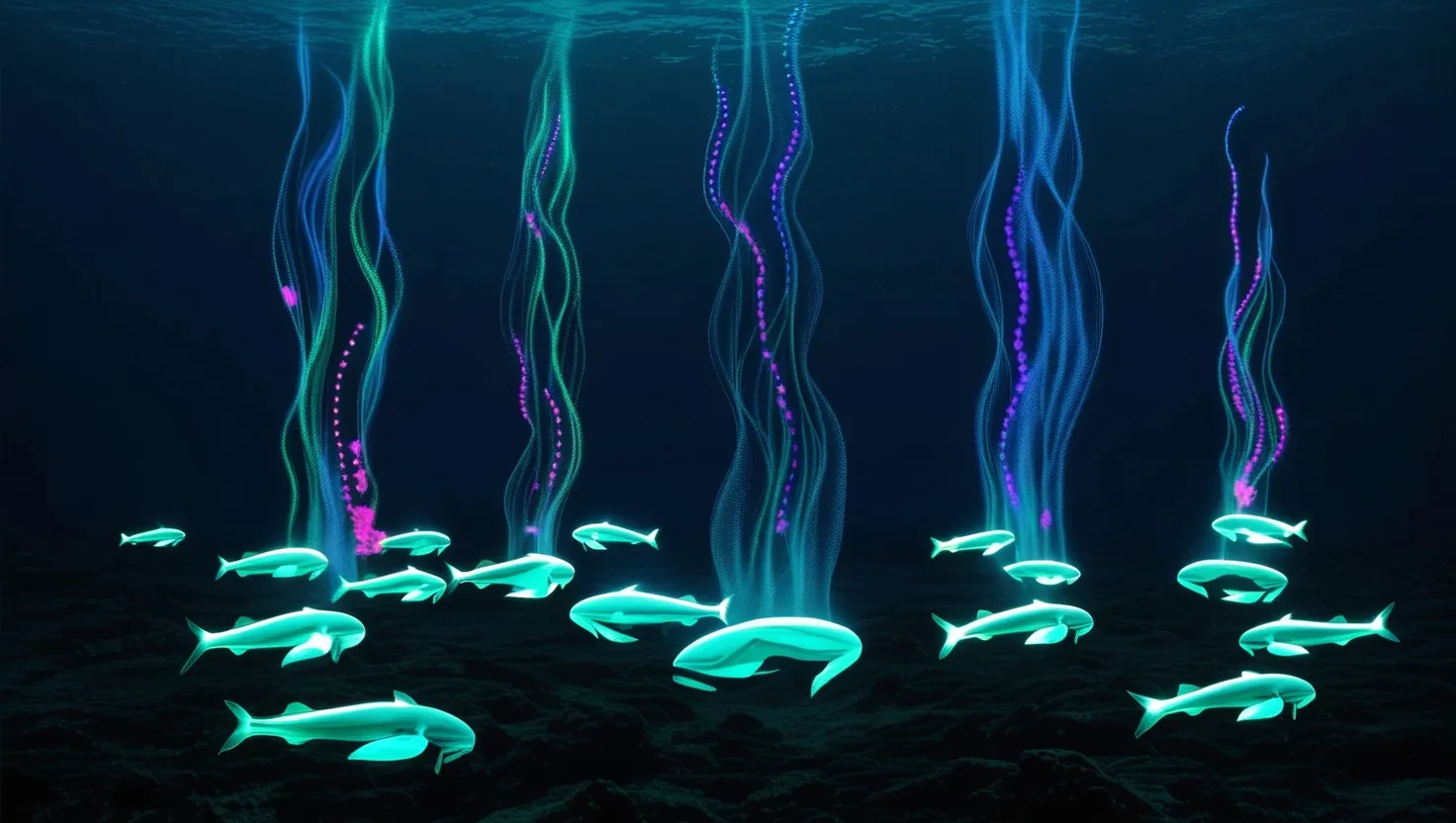Our planet houses some formidable predators, and among the most feared are sharks. Summertime draws many to the beach, but it also brings stories of shark attacks. Recently, an Australian man tragically lost his life, adding to the string of shark incidents. Sharks are frequenting our waters, turning a swim in the ocean into a potential encounter with danger.
The great white shark is particularly notorious. Just its name can send chills down your spine. As the largest predatory fish in the ocean, great whites play a crucial role in maintaining the balance of marine ecosystems by keeping prey populations like seals in check. Despite their fearsome reputation, attacks on humans are rare, though their sharp, serrated teeth make any encounter perilous.
Cage diving with great whites reveals just how aggressive these creatures can be. Their reputation for attacking first and questioning later makes them the poster child for human fear of the ocean, bolstered by dramatic portrayals in media.
But it’s not just the great white you need to worry about. The bull shark is another dangerous species, often found in rivers and estuaries. Unlike most sharks, bull sharks can regulate their body’s salt content, allowing them to venture far up rivers. They’ve been caught as far as 1,750 miles up the Mississippi River. With a taste for virtually anything and an aggressive nature, bull sharks are relentless once they set their sights on prey.
Similarly, tiger sharks are formidable predators, second only to great whites in their notoriety. Known for their distinctive stripes, they inhabit shallow coastal waters where humans swim. Their diet is indiscriminate, consuming everything from fish to sea turtles and even other sharks. Unlike great whites, tiger sharks don’t wait for their prey to bleed out—they attack decisively.
Statistically, great whites are responsible for the most shark attacks, but bull and tiger sharks are deadlier, causing more fatal injuries. But what should you do in the rare event you encounter a shark? Face the shark, maintain eye contact, and stay calm. If one gets too close, push down on its head to steer it away. If bitten, fight back, aiming for its eyes.
Research suggests that sharks do not see humans as prey and most bites are investigative. After the initial bite, sharks often release their victims, giving humans a chance to escape. Fatalities are rare, occurring in only seven percent of attacks. You’re more likely to die from other ocean hazards like rip currents or lightning.
Sharks kill fewer than 10 people globally each year, while humans kill about 100 million sharks annually. As their numbers decline due to overfishing and other human activities, it’s crucial to respect and protect these ancient predators. So next time you’re at the beach, appreciate these magnificent creatures from a distance, and remember, the ocean is their home.
Stay informed, stay safe, and subscribe for more fascinating facts about the natural world.






